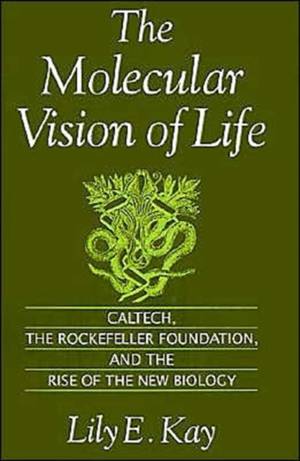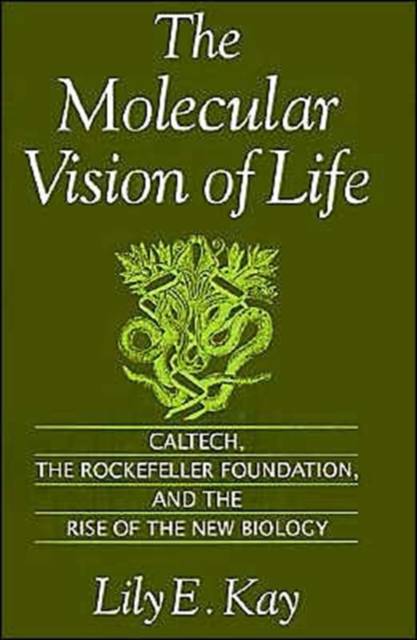
- Afhalen na 1 uur in een winkel met voorraad
- Gratis thuislevering in België vanaf € 30
- Ruim aanbod met 7 miljoen producten
- Afhalen na 1 uur in een winkel met voorraad
- Gratis thuislevering in België vanaf € 30
- Ruim aanbod met 7 miljoen producten
Zoeken
The Molecular Vision of Life
Caltech, the Rockefeller Foundation, and the Rise of the New Biology
Lily E Kay
€ 93,45
+ 186 punten
Omschrijving
This fascinating study examines the rise of American molecular biology to disciplinary dominance, focusing on the period between 1930 and the elucidation of DNA structure in the mid 1950s. Research undertaken during this period, with its focus on genetic structure and function, endowed scientists with then unprecedented power over life. By viewing the new biology as both a scientific and cultural enterprise, Lily E. Kay shows that the growth of molecular biology was a result of systematic efforts by key scientists and their sponsors to direct the development of biological research toward a shared vision of science and society. She analyzes the motivations and mechanisms empowering this vision by focusing on two key institutions: Caltech and its sponsor, the Rockefeller Foundation. Her study explores a number of vital, sometimes controversial topics, among them the role of private power centers in shaping scientific agenda, and the political dimensions of "pure" research. It also advances a sobering argument: the cognitive and social groundwork for genetic engineering and human genome projects was laid by the American architects of molecular biology during these early decades of the project. This book will be of interest to molecular biologists, historians, sociologists, and the general reader alike.
Specificaties
Betrokkenen
- Auteur(s):
- Uitgeverij:
Inhoud
- Aantal bladzijden:
- 320
- Taal:
- Engels
- Reeks:
Eigenschappen
- Productcode (EAN):
- 9780195111439
- Verschijningsdatum:
- 7/11/1996
- Uitvoering:
- Paperback
- Formaat:
- Trade paperback (VS)
- Afmetingen:
- 153 mm x 232 mm
- Gewicht:
- 526 g

Alleen bij Standaard Boekhandel
+ 186 punten op je klantenkaart van Standaard Boekhandel
Beoordelingen
We publiceren alleen reviews die voldoen aan de voorwaarden voor reviews. Bekijk onze voorwaarden voor reviews.











